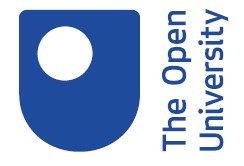One of the biggest challenges facing the space sector is orbital congestion and space debris. Many new satellites are being deployed in low Earth orbit and is estimated to soon double the population of the satellite object population.
Consequences of this trend is the need for increased warning predictions in conjunctions or collisions and an immediate need to understand where satellites are – and how to ensure space operators and governments can work together to maintain a clean space environment.
A recent project funded by the UK Space Agency and led by academics at Cranfield University, University of Oxford and the University of Surrey, aims to understand what new observers (e.g. radar, GPS, ranging, optical) are needed and how often differing observables are required for current and future scenarios. This project, which emerged directly from The Arc in Space work, seeks to develop UK leadership and instrumentation requirements in understanding risk to improve safe and responsible space use across the world. It will culminate in the creation of a new and open-source software tool, Kessler 2.0, a new satellite positioning and error analysis tool which combines previous work in radar and optical observations at Cranfield University and ML pipelines for collision avoidance by the University of Oxford and University of Surrey.
The will enable future Space Surveillance and Tracking (SST) sensing technology error and uncertainty requirements for more accurate prediction for the SST community, operators, and governments to perform risk assessments and develop practices and policy from real observation information.








